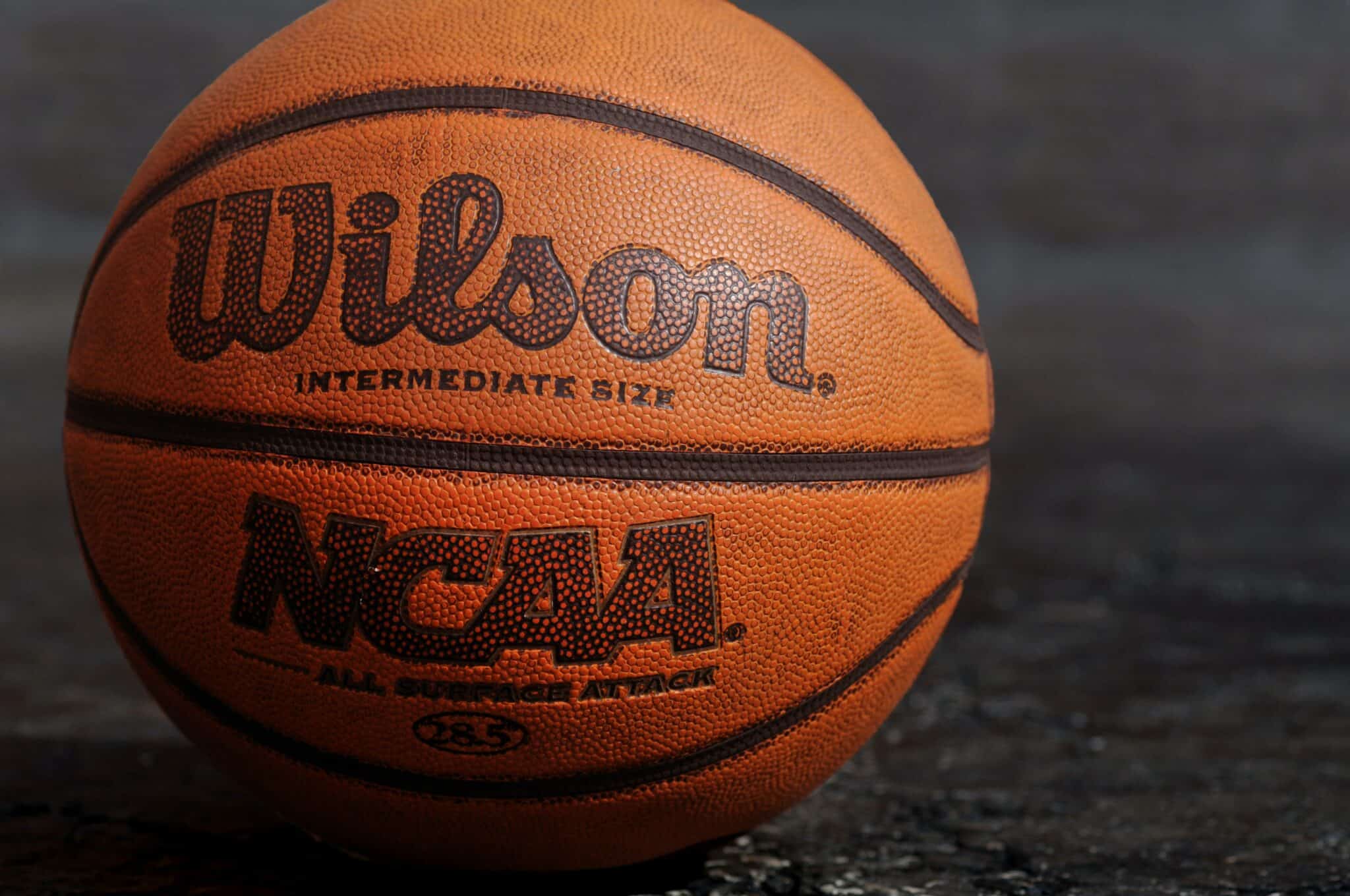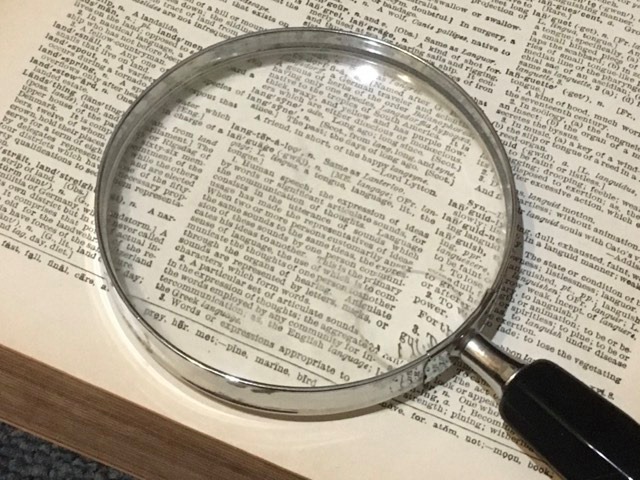
Alex Blutman is a student at Harvard Law School and a member of the Labor and Employment Lab.
In a much-anticipated decision, the Supreme Court unanimously affirmed the ruling in NCAA v. Alston, which found college sports’ governing body in violation of antitrust law by restricting the education-related benefits that schools could provide to student-athletes. Alston is the first domino to fall among the many recent challenges to the collegiate athletic model, and while its immediate implications are modest, the case is important for the far more impactful changes it might provoke.
The Alston decision is narrow—while the plaintiffs initially sought a blanket determination that the NCAA’s restrictions on compensation to student-athletes violated antitrust law, the judgement merely upholds a limited injunction entered by the trial court that allows schools to provide student-athletes with more education-related benefits such as computers and musical instruments, scientific equipment, tutoring, postgraduate scholarships, internships, and academic achievement awards. The Supreme Court effectively concluded that the NCAA and its member schools engage in a form of illegal price-fixing by agreeing to limit compensation to student-athletes for academic-related costs.
It’s hard to understand the Alston decision, however, as merely a very limited antitrust ruling and not instead as a precursor to much more significant upheaval in college athletics. For one, the case now stands firmly for the idea that NCAA rules are subject to traditional antitrust scrutiny, and litigants with suits already filed are bound to rely on Alston for support in challenging even more NCAA rules. Steve Berman, one of the plaintiffs’ attorneys, expressed “hope that this victory in the battle for college athletes’ rights will carry on a wave of justice uplifting further aspects of athlete compensation.” As state laws are set to allow college athletes to profit from their publicity rights and the NCAA has yet to make corresponding rule changes of its own, Berman is representing another proposed class of athletes in an antitrust class action that would challenge the NCAA’s prohibition on student-athletes being paid for use of their names, images, and likenesses.
The ruling also potentially pushes the status quo closer to a reality in which college athletes are classified as employees with the ability to organize and bargain collectively. As courts may continue to chip away at NCAA restrictions on benefits to student-athletes, more compensation that is untethered to academics brings student-athletes more fully within “employee status” under the law. Meanwhile, in a concurring opinion, Justice Kavanaugh appeared an even harsher critic of the NCAA, suggesting it is “highly questionable whether the NCAA and its member colleges can justify not paying student athletes a fair share of the revenues” from their activities. Entertaining a possible hypothetical in which some or all of the NCAA’s compensation rules are found to violate antitrust laws, Justice Kavanaugh suggested that difficult policy and practical questions would ensue but that one option for resolving such questions is that “colleges and student athletes could potentially engage in collective bargaining…to provide student athletes a fairer share of the revenue that they generate for their colleges, akin to how professional football and basketball players have negotiated for a share of league revenues.” Mike Zarren, Assistant General Manager and Team Counsel for the Boston Celtics, speculated that the NCAA itself might encourage the formation of players’ unions in college sports to duck under antitrust scrutiny through collective bargaining agreements that impose salary caps “in order to save some of their current business model.”
Alston is a small domino. More and bigger ones are likely to follow.








Daily News & Commentary
Start your day with our roundup of the latest labor developments. See all
July 11
Regional director orders election without Board quorum; 9th Circuit pauses injunction on Executive Order; Driverless car legislation in Massachusetts
July 10
Wisconsin Supreme Court holds UW Health nurses are not covered by Wisconsin’s Labor Peace Act; a district judge denies the request to stay an injunction pending appeal; the NFLPA appeals an arbitration decision.
July 9
In Today’s News and Commentary, the Supreme Court green-lights mass firings of federal workers, the Agricultural Secretary suggests Medicaid recipients can replace deported farm workers, and DHS ends Temporary Protected Status for Hondurans and Nicaraguans. In an 8-1 emergency docket decision released yesterday afternoon, the Supreme Court lifted an injunction by U.S. District Judge Susan […]
July 8
In today’s news and commentary, Apple wins at the Fifth Circuit against the NLRB, Florida enacts a noncompete-friendly law, and complications with the No Tax on Tips in the Big Beautiful Bill. Apple won an appeal overturning a National Labor Relations Board (NLRB) decision that the company violated labor law by coercively questioning an employee […]
July 7
LA economy deals with fallout from ICE raids; a new appeal challenges the NCAA antitrust settlement; and the EPA places dissenting employees on leave.
July 6
Municipal workers in Philadelphia continue to strike; Zohran Mamdani collects union endorsements; UFCW grocery workers in California and Colorado reach tentative agreements.